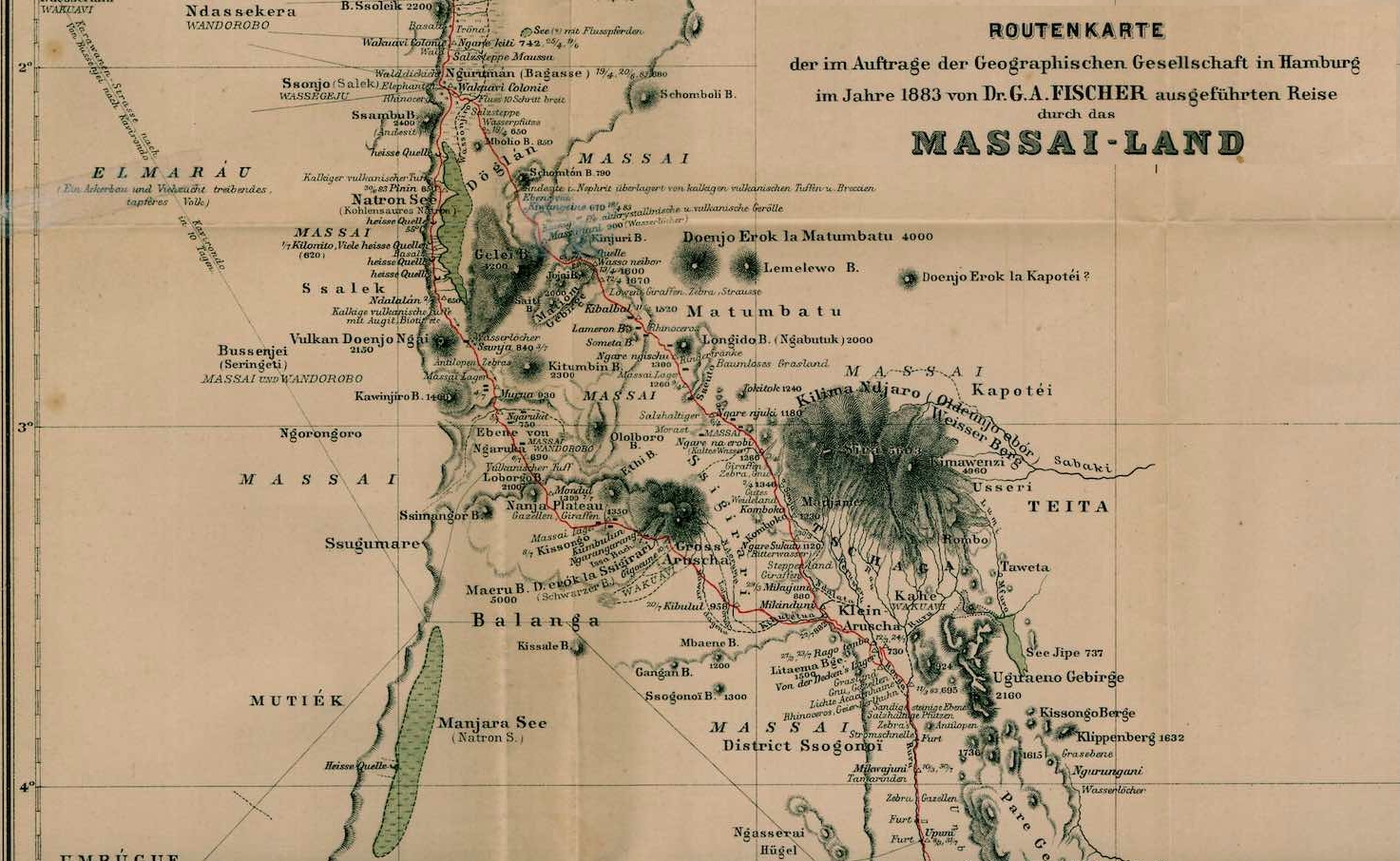We had a terrific couple days at USYD at the 9th Australian Exoplanet workshop– the first such workshop after the worst of the
Covid pandemic. There were some sixty-five in-person participants, and about ten more online, with a
program featuring talks, a poster session, collaborative sessions, and a panel discussion about the future of the field.
 Above:
Sergio on the power and promise of photonic lanterns.
Above:
Sergio on the power and promise of photonic lanterns.
A few of the highlights featured Marshall Perrin’s talk “Imaging Planetary Systems with JWST,” Sergio Leon-Saval’s
talk (and demo!) about the applications of photonic lanterns for the field, and Michele Bannister’s planetary science talk
delivered from New Zealand. Other talks featured stellar activity and rotation, asteroseismology, stellar interior models, star-planet tidal evolution, stellar and planet mapping,
polarimetry of circumstellar environments, atmospheric chemistry of Hot Jupiters, evaporating atmospheres, disk kinematics, exokuiper belts,
transits photometry to learn about both the planet and the star, astrometry, software, astrophotonics, and new missions and facilities— like the TOLIMAN
satellite currently under development to perform interferometric astrometry on the nearest star system to hunt for planets.

 Above:
Sergio on the power and promise of photonic lanterns.
Above:
Sergio on the power and promise of photonic lanterns.